Home » Home Decor » Factors to Consider When Choosing Between Energy-Savers and LEDs
Technological advancements over the years have changed the way we light up our homes. While the types of indoor light fixtures remain the same, the filament-based incandescent bulbs now belong to a bygone era and have been mostly replaced. The first alternative for incandescent bulbs was tube lights, which were later replaced by Compact Fluorescent Lamps (CFLs), commonly known as energy-savers. The next phase of evolution saw the arrival of Light Emitting Diodes (LEDs), which claim to offer better power efficiency with increased lighting. So, the question now is, which is the better option for your home? We’re tackling the debate between choosing energy-savers or LEDs in this post to bring you a detailed analysis of which option might work best for you as per your home environment and lighting needs.
But first, let’s discuss a bit more about CFLs and LEDs in general.
CFLs
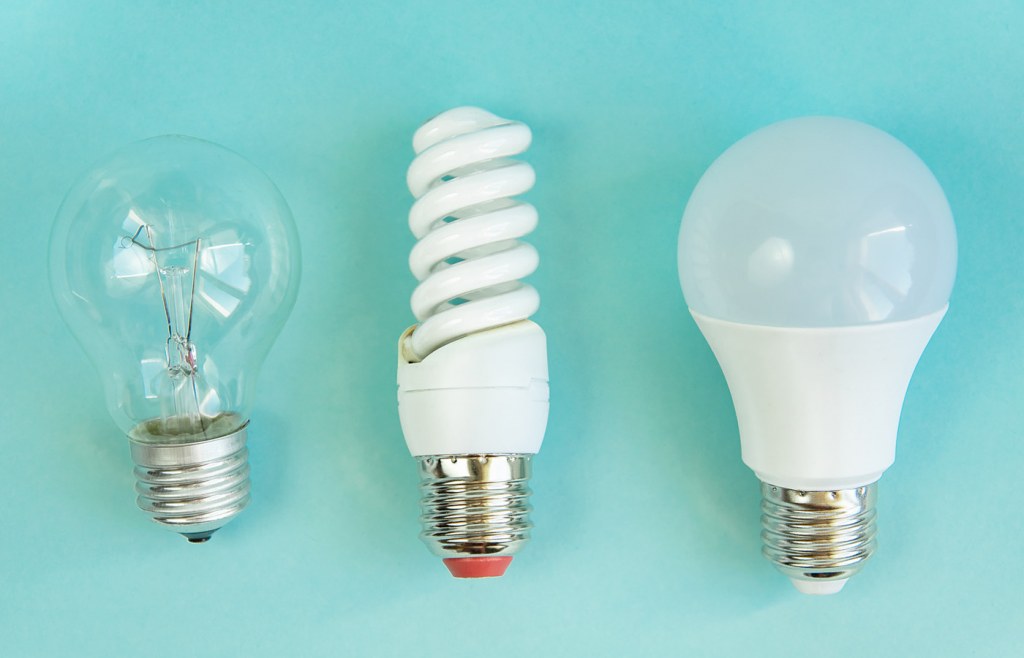
CFLs are small, curly, long, or short plasma-based fluorescent tubes that light up our homes. They use less electricity than traditional bulbs to give the same about of illumination and are, therefore, called ‘energy-savers’.
LEDs
Although once used only for traffic lights and indicators, LEDs have now rapidly made their way into our homes. They’re a form of solid-state lighting, which is a step up from the lighting options of the past in terms of energy consumption and illumination.
Energy-Savers or LEDs—The Deciding Factors
Both energy-savers, as well as LEDs, have their share of distinguishing characteristics but while comparing the two, here are some significant factors that must be discussed and addressed:
- Functionality
- Energy Consumption
- Lifespan
- Output
- Variety
- Safety
- Ease of Replacement
- Value for Money
Let’s examine each of these features in detail, so you have a better understanding of the similarities and differences between CFL and LED light bulbs.
Functionality
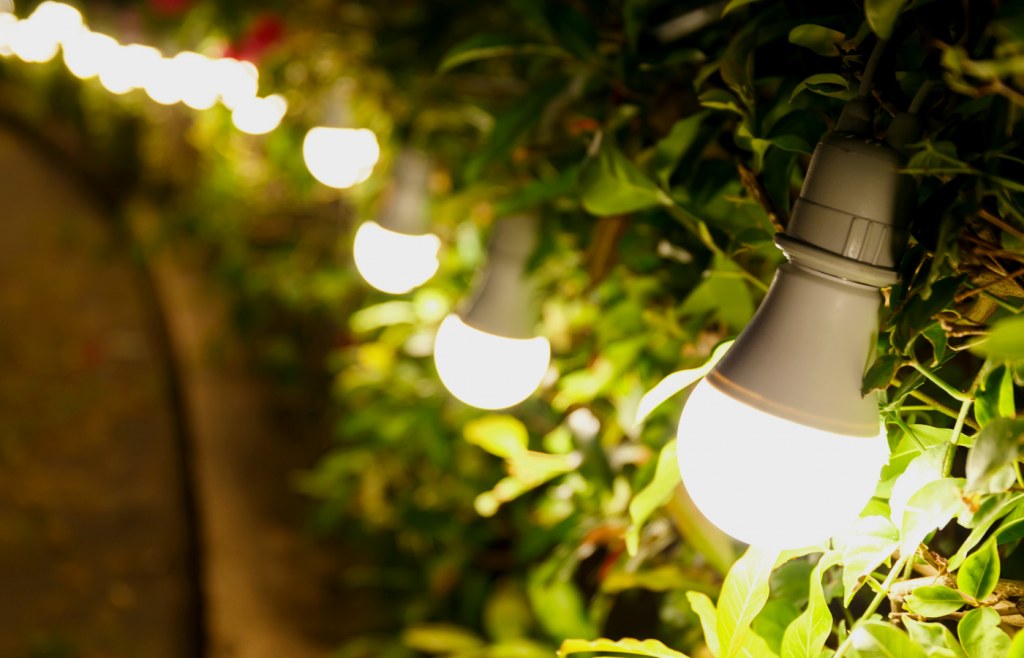
LEDs, like incandescent bulbs, light up the moment you turn them on, with their full brightness. In contrast, energy-savers will turn on immediately, but often require a few seconds to warm up and give off their full brightness. This is why LEDs are the perfect solution for outdoor lighting since they are not affected by cold temperatures. Moreover, they work well with dimmers and motion sensors as well.
Energy Consumption
While choosing between energy-savers or LEDs, you need to know that most CFLs pay for themselves within a year, since they save you money on electricity bills every month. They use about 25% of the energy of an incandescent bulb and last ten times longer. In comparison, LED bulbs use about 30% less energy and have a lifespan of around 25 times longer than traditional incandescent bulbs.
Lifespan
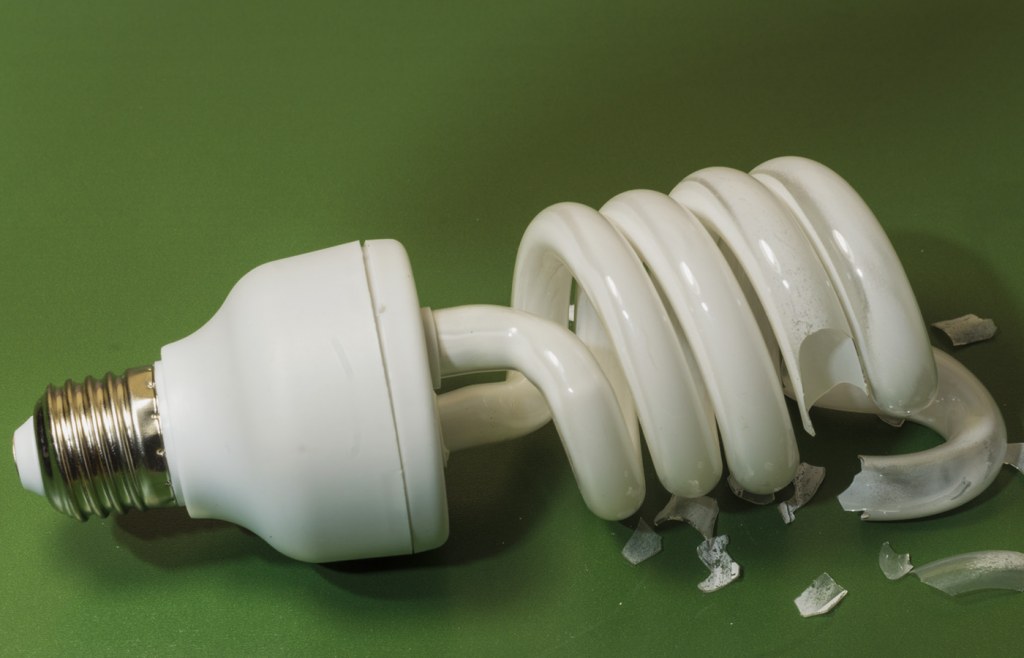
We talked about how both CFLs and LEDs last longer than incandescent bulbs, but here are some figures for you to consider. While older bulbs gave you about 3,000 hours of illumination, CFLs give you around 10,000 hours on average. Compare that with the 50,000 hours that an average LED bulb has to offer, and you have a clear winner. What’s more, LEDs are not made of glass, reducing the chances of accidental breakage and extending their life even longer.
Output
The output of light bulbs is determined in lumens, which is the measure of visible light emitted from a source. In short, lumens measure how bright your room becomes when you light up a particular bulb or a light source. Energy-saving CFLs are A-rated bulbs, producing an estimated 810 lumens from around 15 watts. On the other hand, LEDs are A+ rated bulbs and can give an output of 850 lumens, even with a small bulb of 9 watts.
Variety
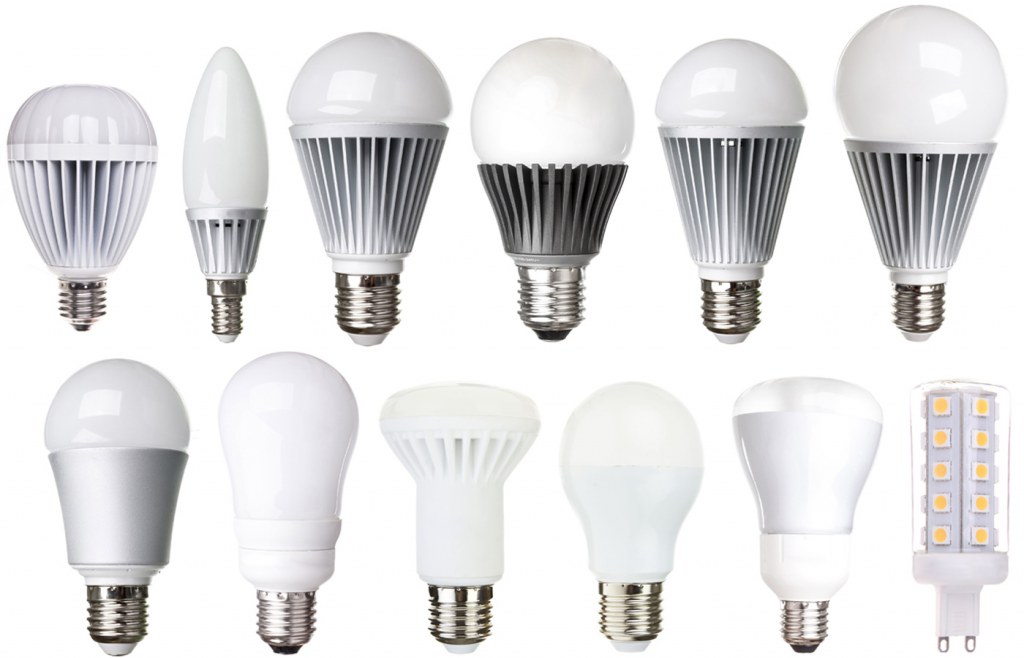
CFLs are available in both white and warm hues, so they give off white or yellow light, as per your need. LED bulbs are most commonly available in white hues, but warm hues can also be found in some shops. But if you opt for LED strips, you have all colours of the spectrum available at your disposal, giving you an extensive variety to choose from.
Safety
CFLs contain a trace element of mercury, much like the incandescent bulbs before them, and mercury is harmful to both humans and animals when inhaled. Luckily, LEDs are free from this toxin and offer a safer option for lighting up your home and protecting your family’s health.
Ease of Replacement
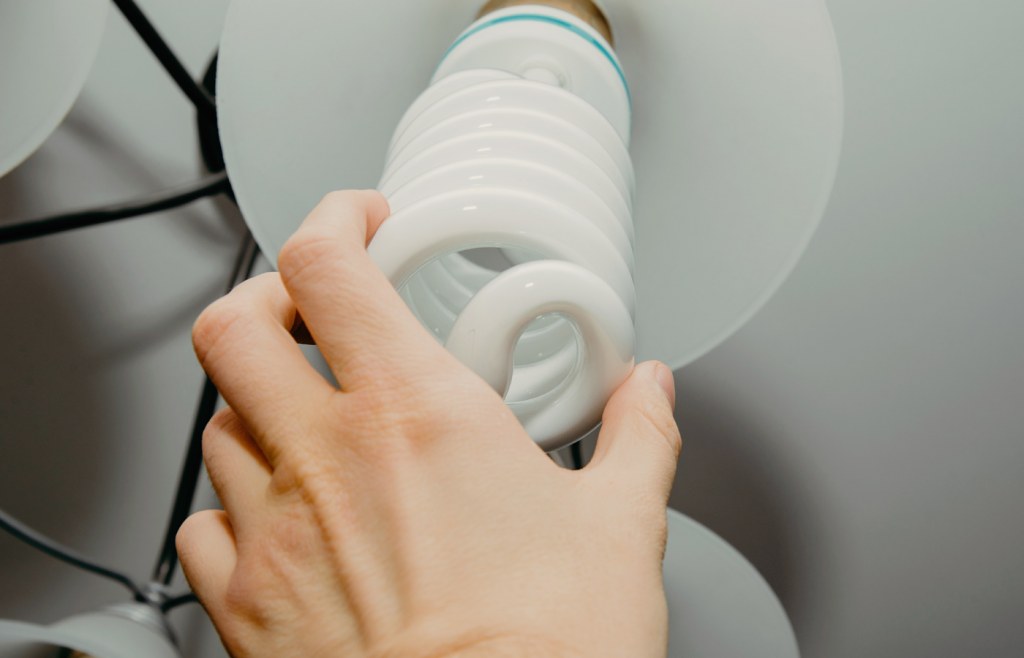
Replacing an energy-saver or CFL is super easy. Most are available with a twist-off fitting, and you can simply take the bulb out and place another one in its place with ease. Most LED bulbs offer similar convenience in terms of replacement, making it very easy to switch to a new bulb when the old one comes to the end of a long life. However, since they offer a longer lifespan, LEDs require less frequent replacements.
Value for Money
Considering the long lifespan, variety, and durability of LEDs, it becomes apparent that they’re much better than energy savers, and it seems like the debate of energy-savers vs. LEDs is settled. But that’s not true. Although LEDs come with a lot of benefits, they do cost more than energy-saving light bulbs in the beginning, but similar to CFLs, they pay for themselves over the years with their long life and reduced energy consumption.
Rethink your choice between energy-savers or LEDs based on the factors mentioned above and make a smarter decision for your home’s lighting requirements. Reach us at blog@zameen.com for more queries. Keep reading Zameen Blog for more lifestyle-related tips and tricks.



